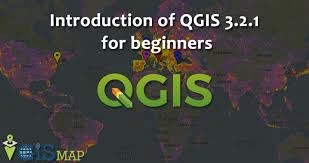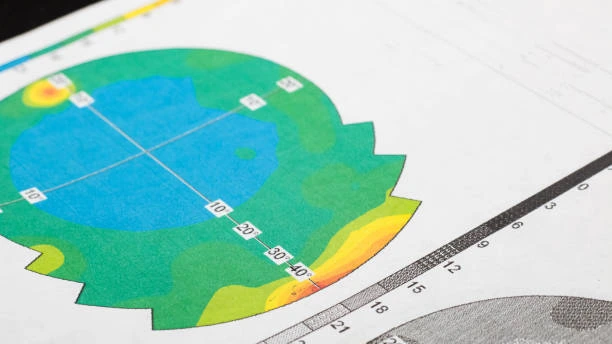Course Overview
This course provides a comprehensive introduction to QGIS (Quantum GIS), a popular open-source Geographic Information System (GIS) tool used for creating, analyzing, and managing spatial data. Participants will learn how to navigate QGIS, utilize its core functionalities, and apply GIS concepts to real-world problems. The course is designed to equip beginners with the skills needed to effectively use QGIS for various geospatial tasks.
Course Duration
5 Days
Who Should Attend
- Beginners interested in GIS and spatial data analysis
- Professionals and researchers looking to enhance their GIS skills
- Students in geography, environmental science, urban planning, and related fields
- Individuals or organizations considering QGIS as their GIS solution
Course Objectives
By the end of this course, participants will be able to:
- Understand QGIS Basics: Familiarize participants with the QGIS interface, tools, and basic functionalities.
- Data Management: Learn how to import, manage, and organize spatial data in QGIS.
- Map Creation: Gain skills in designing and creating maps using QGIS, including layout and symbology.
- Spatial Analysis: Perform basic spatial analysis and queries to extract meaningful insights from spatial data.
- Customization and Extensions: Explore customization options and learn how to extend QGIS capabilities with plugins.
Course Outline:
Module 1: Introduction to QGIS
- Overview of GIS and QGIS
- Navigating the QGIS Interface
- Understanding QGIS Project Files
- Basic Tools and Functions
Module 2: Data Management and Visualization
- Importing and Exporting Spatial Data
- Managing Layers and Attributes
- Using Styles and Symbols for Data Visualization
- Basic Data Editing and Geoprocessing
Module 3: Map Design and Layout
- Creating and Customizing Maps
- Adding and Formatting Map Elements (e.g., legends, scale bars)
- Designing Map Layouts for Print and Digital Output
- Using QGIS Layout Manager
Module 4: Spatial Analysis Techniques
- Performing Attribute Queries
- Conducting Basic Spatial Analysis (e.g., buffering, intersecting)
- Analyzing Spatial Relationships and Patterns
- Introduction to Spatial Statistics
Module 5: Customization and Extensions
- Exploring QGIS Plugins and Extensions
- Customizing QGIS Interface and Toolbars
- Automating Tasks with Python (Introduction to PyQGIS)
- Troubleshooting and Community Resources
Customized Training
This training can be tailored to your institution needs and delivered at a location of your choice upon request.
Requirements
Participants need to be proficient in English.
Training Fee
The fee covers tuition, training materials, refreshments, lunch, and study visits. Participants are responsible for their own travel, visa, insurance, and personal expenses.
Certification
A certificate from Ideal Sense & Workplace Solutions is awarded upon successful completion.
Accommodation
Accommodation can be arranged upon request. Contact via email for reservations.
Payment
Payment should be made before the training starts, with proof of payment sent to outreach@idealsense.org.
For further inquiries, please contact us on details below:






